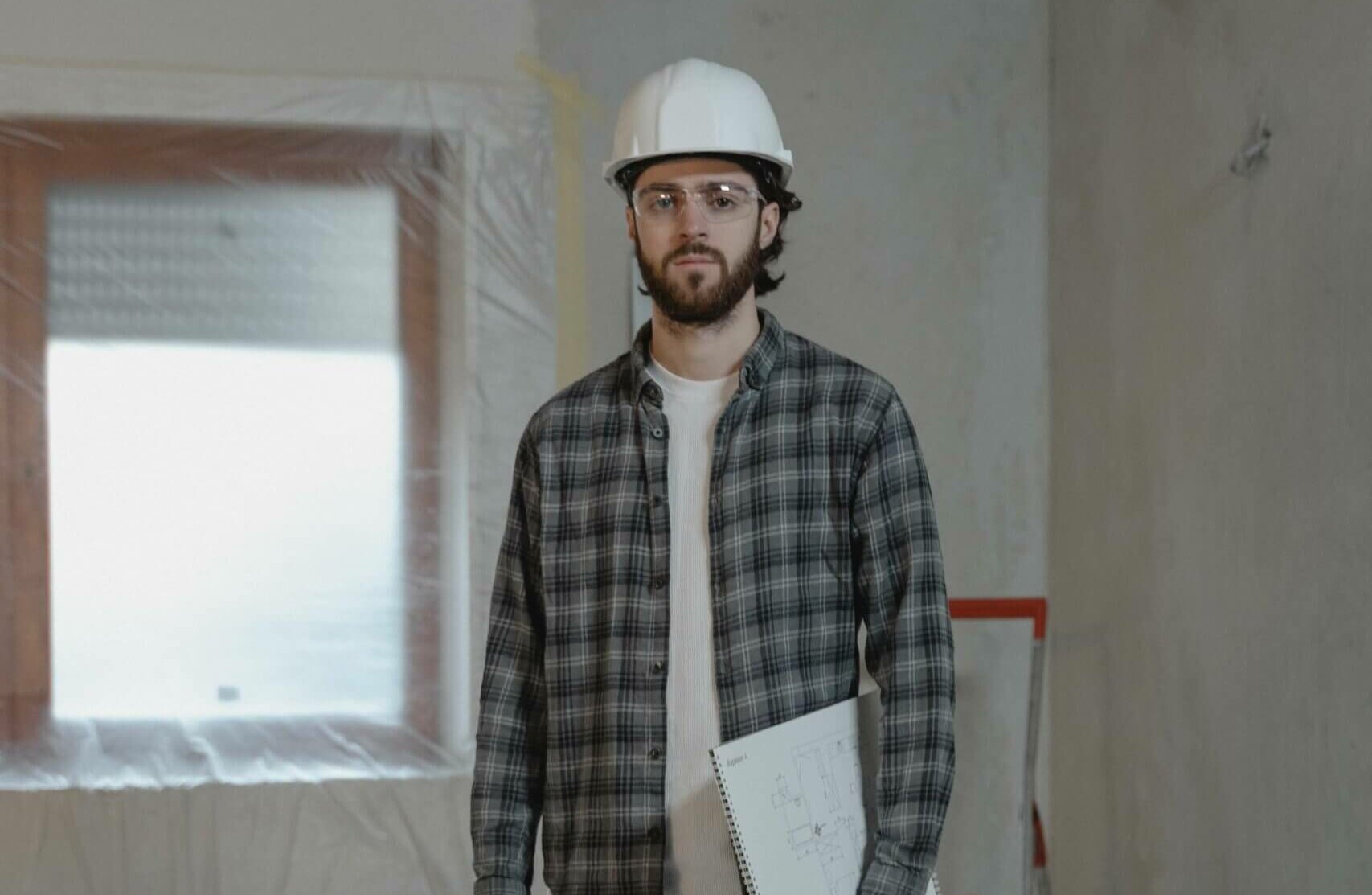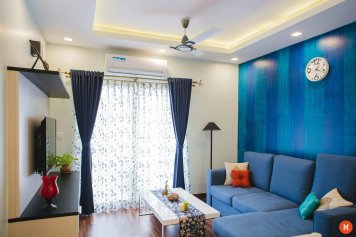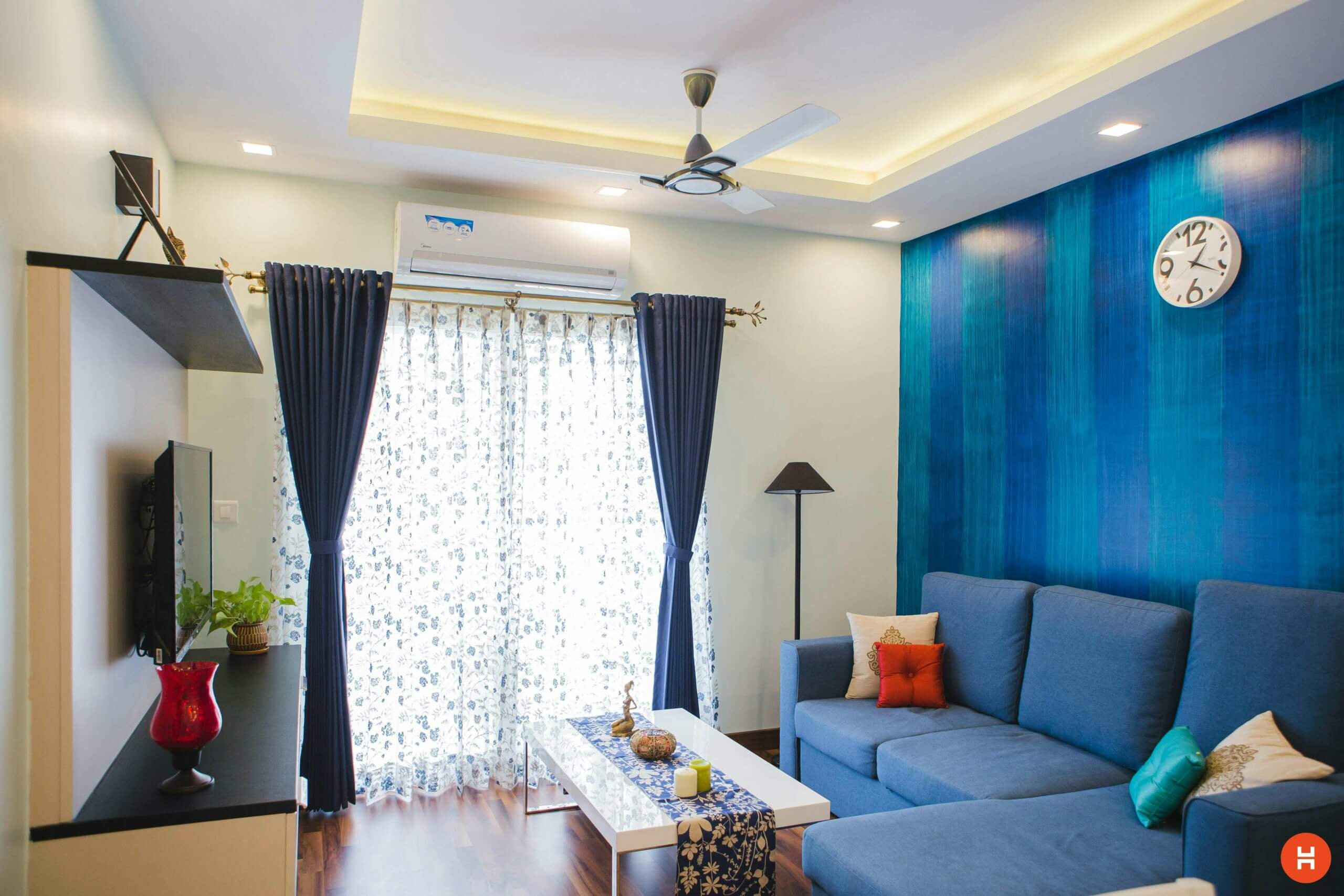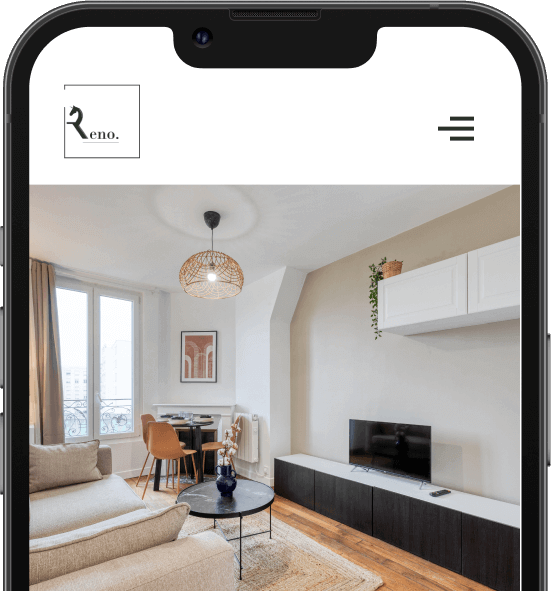Do you own a property that requires renovation work? In an effort to encourage investors to reduce the environmental impact of their homes, the government has introduced tax incentives . These allow for certain renovation projects to be carried out.
Thus, there are several real estate tax relief schemes that allow you to benefit from tax relief. Such as tax relief for work on your primary residence or tax relief for work on existing rental properties.
This is an ideal solution given that the tax rate continues to rise and can reach up to 50% of property income. Find out what assistance is available to you and how to apply it.
Tax relief on work through land deficit
The land deficit is a real estate tax exemption tool that allows you to obtain a tax reduction as part of a rental investment.
Under the real regime, certain expenses incurred for the management of your rental property are deductible from your rental income, such as real estate agency fees or co-ownership charges. Of course, the cost of most renovation work on your home can also be deducted from your rental income to reduce your tax liability.
A property deficit exists when the amount of expenses related to renovation work carried out exceeds the amount of rent collected during the year. This deficit is deductible from your taxable income, up to a limit of €10,700 per year, and the surplus can be carried forward for 10 years.
This mechanism accepts work without spending limits. Only renovation work related to the maintenance, improvement, or repair of the rental property is eligible for the scheme.
Established by the Balladur Law in 1993, the land deficit was implemented by the government to encourage investors to choose older housing requiring renovation. It’s an ideal solution for renovating France’s rental housing stock at a lower cost while offering attractive tax benefits to taxpayers.
Let’s assume you have an old apartment that generates an annual income of €10,000. You decide to carry out some electrical installation work for €14,800.
To determine your property tax deficit, you need to start from your taxable property income and subtract the cost of the work, which is €4,800. You can therefore deduct this amount from your taxable income.

Tax exemption for work through the Denormandie system
The Denormandie Law is a real estate tax relief scheme dedicated to the acquisition of existing homes requiring renovation work before rental. It allows you to benefit from a significant tax reduction.
Eligibility conditions
Like any other tax incentive scheme, the Denormandie law requires a certain number of conditions in order to benefit from its tax advantage.
Investment in a property located in an eligible area
The Denormandie law is available for existing housing located in areas of high rental pressure. 230 municipalities in metropolitan France and 15 cities overseas are currently eligible for this scheme, areas experiencing high rental pressure.
Investment in a home requiring work
The Denormandie law requires investors to purchase an existing property requiring renovation work. It is similar to the Pinel law. You must undertake renovation work on the residence based on a minimum of 25% of the total investment cost.
This investment cost, corresponding to the sum of the purchase price of the property and the cost of the renovations, is limited to €300,000. The work taken into account under the scheme is:
∙ The renovation;
∙ Modernization;
∙ Sanitation;
∙ The development and creation of living spaces;
∙ Improving energy performance (for example, by insulating attics, insulating walls, changing the boiler, etc.)
The work must improve the energy performance of the residence by at least 30%.
Tax reduction under the Denormandie law
As with the Pinel law, each rental period corresponds to a tax reduction. For a 6-year commitment, the tax reduction rate is 12% of the amount invested, or 2% per year. For a 9-year rental period, it is 18%, or 2% per year. Finally, for a 12-year commitment, the tax reduction rate is 21%, corresponding to 2% up to the 9th year and 1% for the last three years.
Example of rental investment under the Denormandie law
For an investment of 300,000 euros (purchase price of the property + cost of the work), you can deduct a significant amount from your taxes thanks to the Denormandie system:
∙ 6,000 euros per year for 6 or 9 years, depending on the rental commitment;
∙ 5,250 euros per year from the 10th year , if the lease is concluded for 12 years.
Please note that if the deductible amounts are greater than your tax liability, you cannot carry them over to the following year.
You are just a few clicks away from renovating your home Get Started
Tax exemption for rental work:
Malraux law
Created in 1962, the Malraux Law is one of the oldest tax exemption schemes. It allows you to benefit from a significant tax reduction when investing in rental properties of character, in exchange for a complete renovation of the building.
The advantages of the Malraux law
In exchange for a complete renovation of old buildings, the Malraux law offers a significant tax reduction on the amount of work carried out, amounting to:
∙ 30% of the amount of work costs incurred in protected areas
∙ 22% of the amount of work costs incurred in urban and landscape architectural heritage protection zones (ZPPAUP).
Expenditures are limited to €100,000 per year, for a maximum period of four years. This represents a tax saving of €22,000 or €30,000 per year.
Renovated buildings are old, characterful properties that are often well-located and easy to rent. In addition to the tax benefits, they provide you with a comfortable additional income.
Eligibility conditions for tax exemption on rental work
The Malraux system is subject to very precise criteria.
The types of buildings concerned
The property you are purchasing must be intended for residential use only. Therefore, you cannot rent it out for professional use. You must commit to renting it out for a minimum of nine years, within 12 months of the completion of the work.
Eligible works
Work related to the restoration of real estate, within the framework of the Malraux Law, is highly regulated. This includes repair, maintenance, and improvement work, roof and exterior wall reconstruction, and home conversion work, among other things. However, extension work is excluded from the scheme. Furthermore, to benefit from the tax advantage offered by the Malraux Law, the project must be supervised by an architect of the French Buildings Code.
Eligible areas
The Malraux Law aims to preserve France’s historic real estate heritage by encouraging the restoration of old buildings. It thus imposes eligible zones, including protected areas and Zones for the Protection of Urban and Landscape Architectural Heritage (ZPPAUP).
A protected area is a place with historical or aesthetic characteristics, or one that justifies the conservation, restoration, and enhancement of its buildings. These areas only exist in a few cities per region, including Paris, Lyon, Lille, Aix-en-Provence, Vannes, Saumur, Cahors, etc. Urban and landscape architectural heritage protection zones (ZPPAUP) are defined by Articles L.431-1 to 3 of the Urban Planning Code. Mulhouse, Espelette, Brioude, and Royat are, for example, on the list. The landscape and urban heritage located within these zones is protected by a set of rules.







